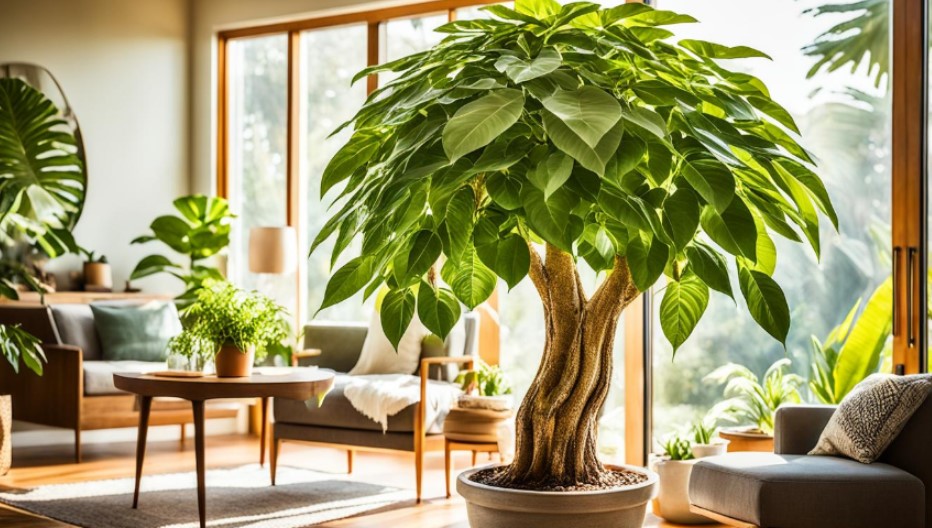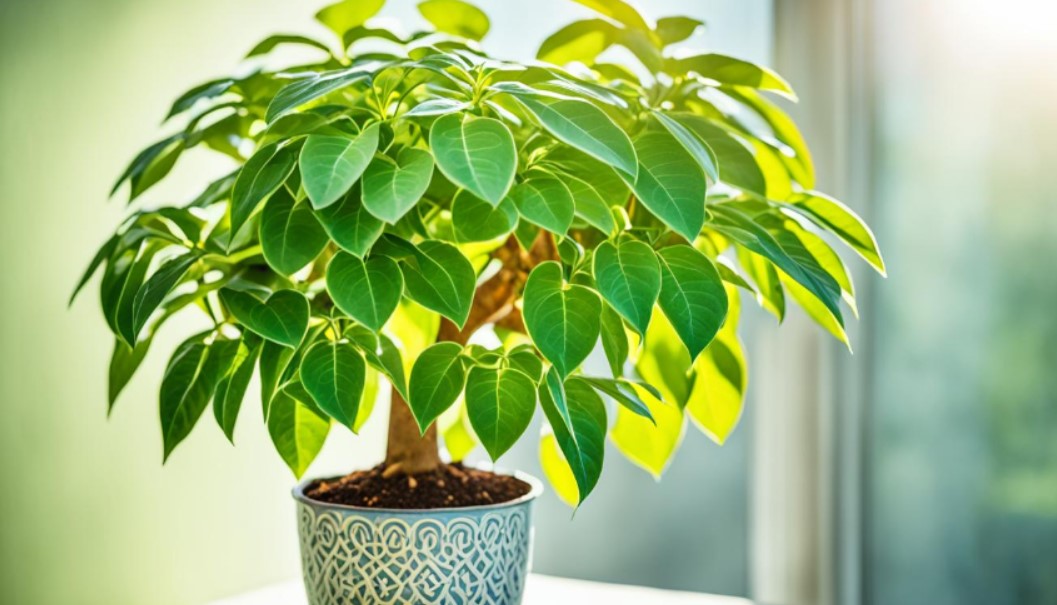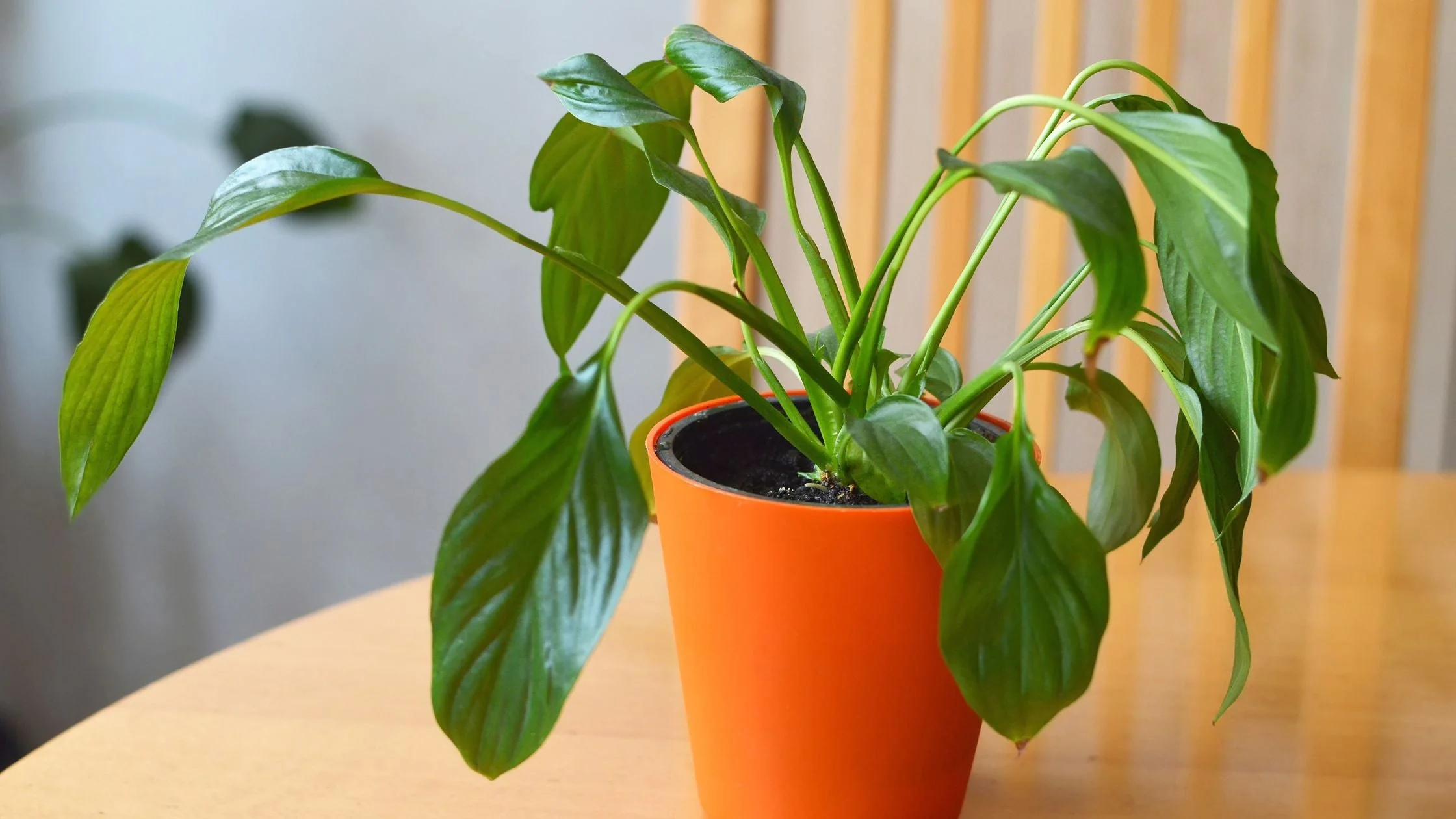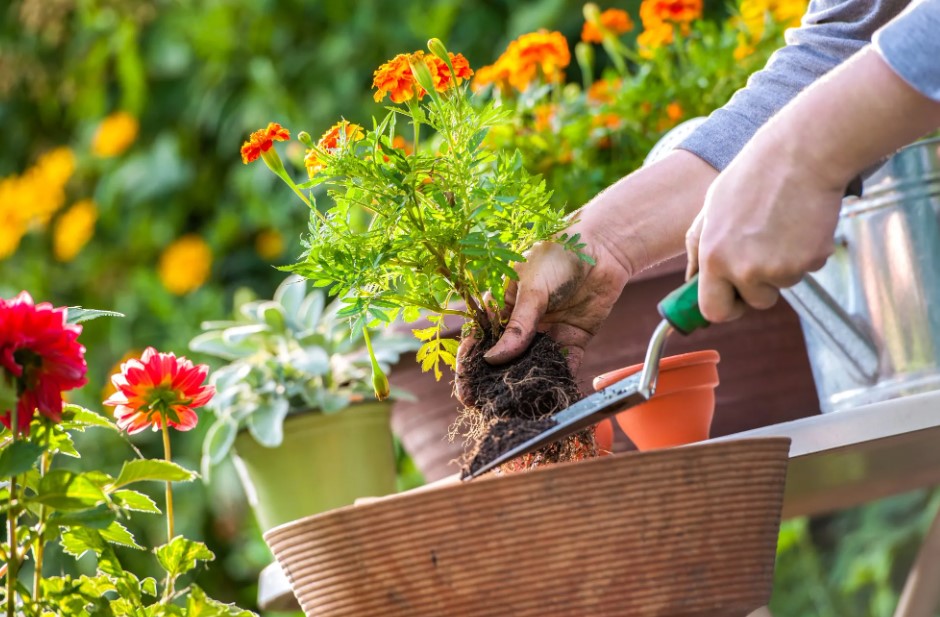Contents
If you’re searching for a beautiful, low-maintenance indoor plant that also brings a dash of good fortune, the money tree plant might be the perfect addition to your home. Known scientifically as Pachira aquatica, this tropical plant is not just a striking piece of decor—it’s also celebrated for its association with wealth and positive energy, especially in Feng Shui. In this article, we’ll cover everything you need to know about the money tree plant, from care tips to its symbolic meanings, so you can help your plant thrive and maybe even bring some prosperity your way.
What is a Money Tree Plant?
The money tree plant, often recognized by its braided trunk and lush green leaves, is native to Central and South America. It’s sometimes called the Malabar chestnut or Guiana chestnut. This popular houseplant is an excellent choice for those new to indoor gardening, as it’s relatively easy to care for and can adapt to various environments.
Not only is it visually appealing, but the money tree plant is also linked to good fortune. Many people believe that keeping one in your home or office can attract wealth and positive energy. This belief is rooted in Feng Shui, where the plant is said to promote balance and harmony in its surroundings.
Money Tree Plant Care: Tips for Thriving Growth
Taking care of a money tree plant is straightforward, but there are a few essential guidelines to follow to ensure it stays healthy.
1. Watering
Money tree plants prefer moist soil but are sensitive to overwatering, which can lead to root rot. Water your plant thoroughly once every one to two weeks, depending on the environment. Make sure the top inch of soil feels dry before watering again. In warmer months, you might need to water it more frequently, but in winter, you can cut back.
2. Light Requirements
Money trees thrive in bright, indirect sunlight. While they can tolerate low light, they won’t grow as quickly or robustly in such conditions. Place your money tree plant near a window with filtered light for optimal growth. Avoid direct sunlight, as it can scorch the leaves.
3. Humidity and Temperature
This tropical plant loves humidity. If you live in a dry area, consider misting your money tree plant or placing a humidifier nearby. It prefers temperatures between 65°F and 80°F, making it ideal for indoor environments. Avoid placing it near drafts, such as vents or frequently opened windows, as sudden temperature changes can stress the plant.
4. Soil and Fertilizer
Money tree plants thrive in well-draining soil. A peat moss-based potting mix or cactus soil works well. Make sure the pot has drainage holes to prevent waterlogging. During the growing season (spring and summer), feed your money tree with a balanced liquid fertilizer once a month to encourage healthy growth.
5. Pruning and Repotting
Prune your money tree plant to maintain its shape and remove any dead or yellowing leaves. You can also trim it to encourage new growth. Repotting is generally needed every two to three years or when you notice the roots starting to outgrow the pot. Choose a pot that’s one to two inches larger in diameter than the current one.

Symbolism and Benefits of the Money Tree Plant
The money tree plant is more than just a pretty face; it’s packed with symbolic meaning and benefits that make it a favorite among plant enthusiasts.
Feng Shui and Good Luck
According to Feng Shui, the money tree plant is a symbol of prosperity and good fortune. Its five-lobed leaves represent the five elements—wood, water, metal, fire, and earth—believed to bring balance to a space. Placing a money tree in your home or office, especially in the “wealth corner” (the southeast corner), is thought to attract wealth and positive energy.
Air Purification
Like many indoor plants, the money tree plant helps purify the air by removing toxins and increasing humidity. This can improve overall air quality and create a healthier living space, especially if you spend a lot of time indoors.
Stress Reduction
Caring for plants like the money tree can reduce stress and improve mental well-being. Studies have shown that having plants indoors can boost mood and increase feelings of calm and relaxation.
Common Money Tree Plant Problems and Solutions
While money tree plants are generally hardy, they can face a few common issues. Here’s how to address them:
1. Yellowing Leaves
If the leaves of your money tree are turning yellow, it’s usually a sign of overwatering. Ensure that the soil is well-draining and that you’re not watering too frequently. Let the soil dry out before the next watering.
2. Leaves Falling Off
Money tree plants can shed leaves due to sudden temperature changes, low humidity, or inadequate light. Check that your plant is in a stable environment with consistent conditions.
3. Pests
Money tree plants are relatively pest-resistant, but they can occasionally attract spider mites or mealybugs. If you notice pests, wipe the leaves with a damp cloth and use a mild insecticidal soap if needed.
How to Propagate a Money Tree Plant
If you want to grow new money trees, propagation is a rewarding process. Simply take a cutting from the plant with at least two leaf nodes and place it in water or directly into soil. If you’re using water, wait until roots form before transferring it to soil. This way, you can share the luck and beauty of the money tree plant with friends and family.
Frequently Asked Questions
How often should I water my money tree plant?
Water your money tree plant every one to two weeks, making sure the top inch of soil is dry before watering again.
Can a money tree plant survive in low light?
Yes, money tree plants can survive in low light, but they thrive best in bright, indirect sunlight.
Is the money tree plant safe for pets?
Yes, the money tree plant is non-toxic to pets, making it a great choice for pet-friendly households.
Why is my money tree’s trunk braided?
The braided trunk is a common aesthetic choice that symbolizes unity and connection. It doesn’t harm the plant and adds to its visual appeal.
Where should I place my money tree for good luck?
According to Feng Shui, the best place for a money tree is in the southeast corner of your home or office, which is considered the wealth area.
Conclusion
The money tree plant is a fantastic choice for anyone looking to bring a bit of nature and positivity indoors. With its easy-care requirements and rich symbolism, it’s no wonder this plant is a favorite for both novice and seasoned plant owners. Whether you’re looking to boost the aesthetics of your space, purify the air, or simply enjoy the benefits of having a beautiful, resilient plant, the money tree can offer all that and more.
You May Also Read:





